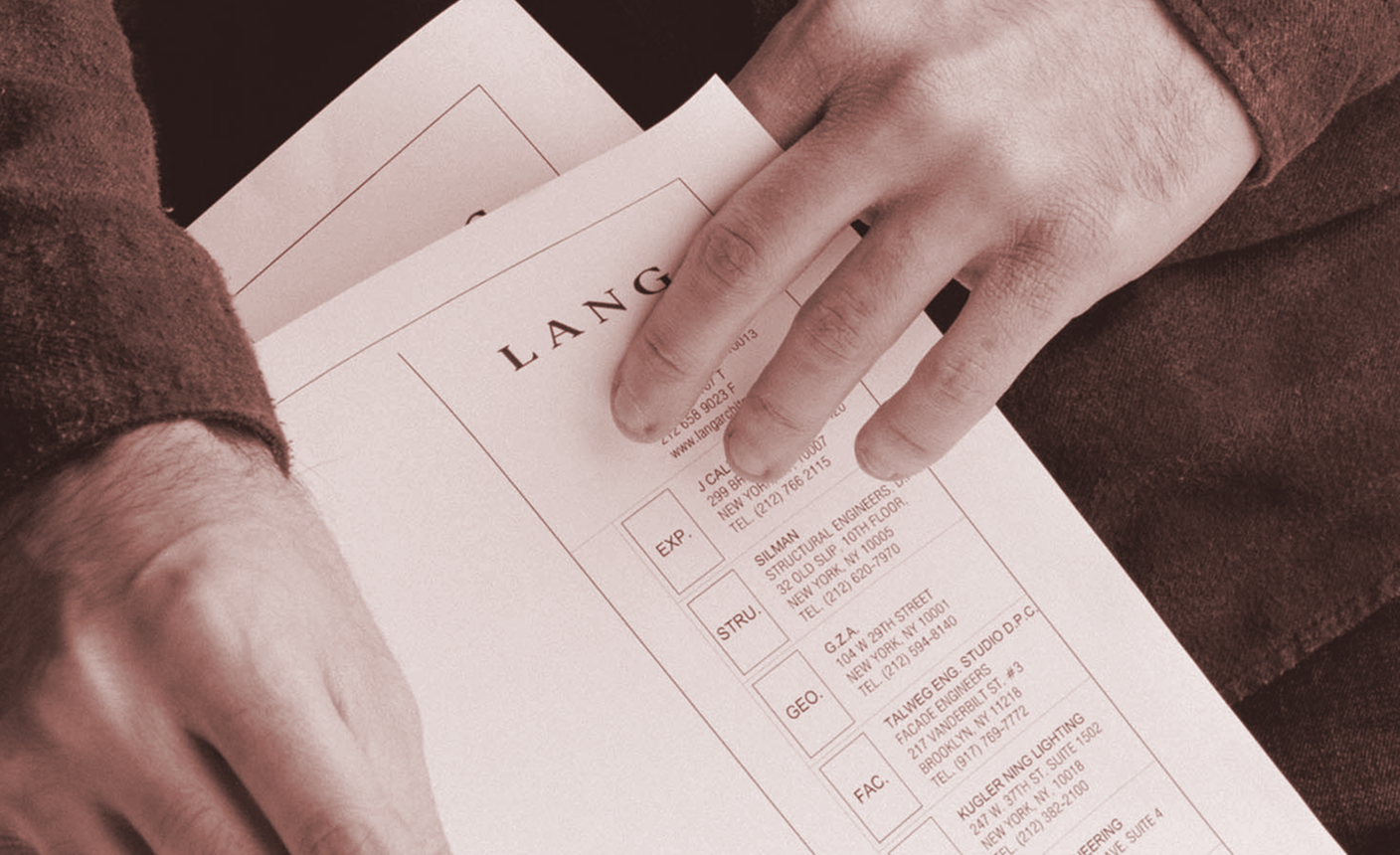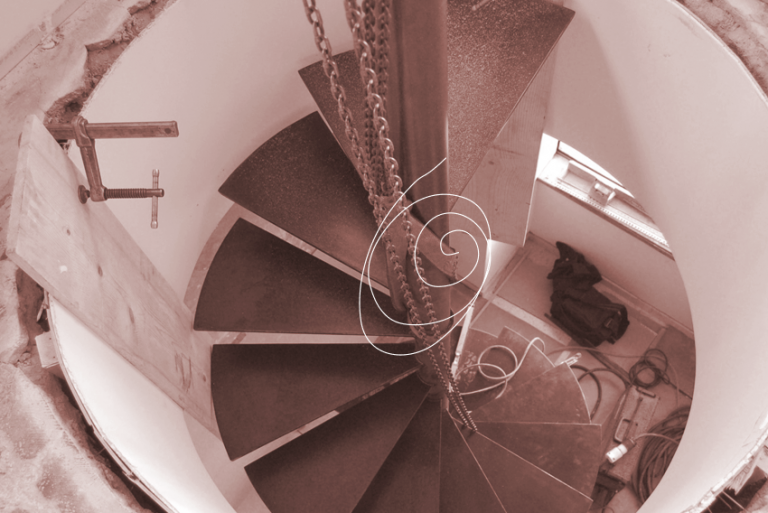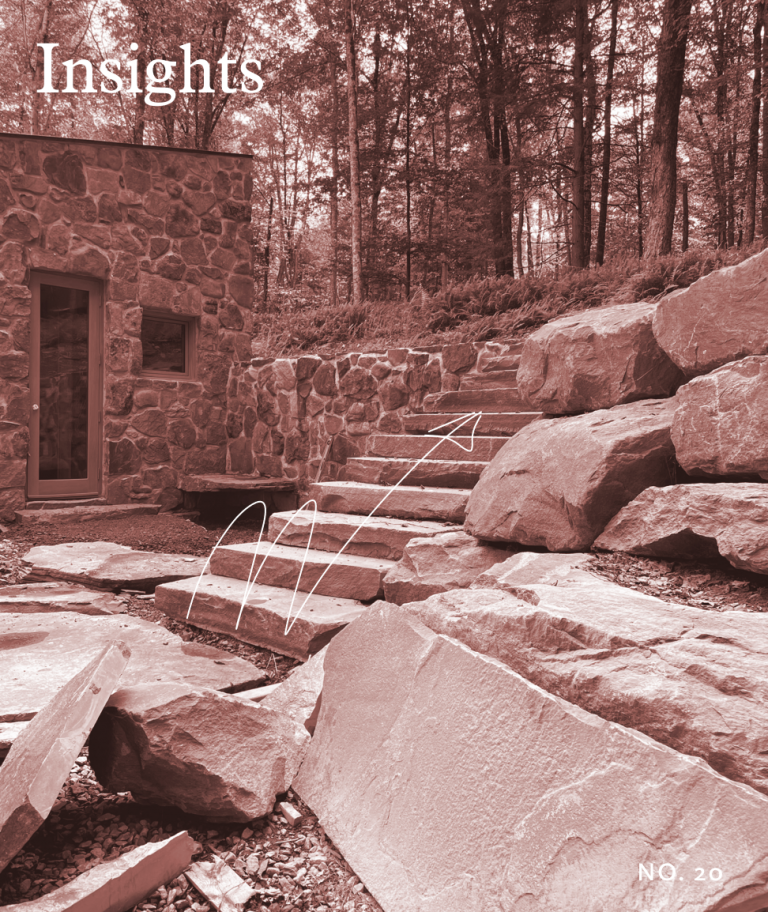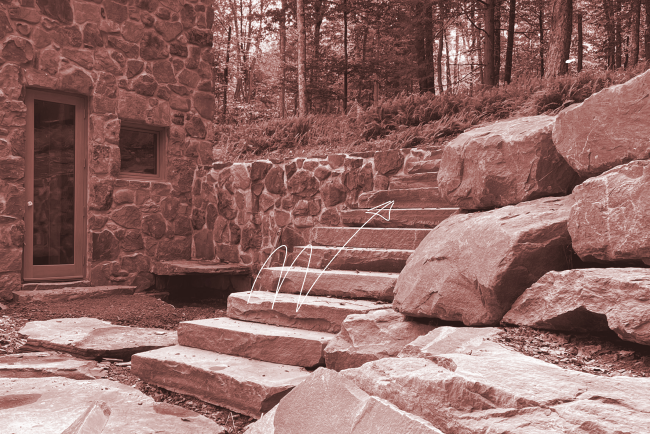Client Collaboration

Why Guiding Decisions is the Key to Successful Client Collaboration
Working effectively with a client can feel effortless. Ideas and budgets are in sync. Any changes or disagreements are amicably resolved. And decisions are made quickly.
But building something—anything—is a complex and emotional experience. To create that effective relationship, it’s important to respect that experience and approach new clients with empathy and an open mind. How we engage with clients in the earliest stages sets the tone for the entire project. Some professionals might push their expertise or artistic vision too forcefully, assuming they know what’s best. Others might be too accommodating, compromising their values to appease the client. Both circumstances will likely create conflict or resentment. And though we know that conflict can be productive, there’s no reason to seek it out. So how do you find that balance between a client’s desires and your value as an architect?
I think a successful client collaboration depends on our ability to create clarity and guide their decisions to ensure the final project meets our standards and their expectations. The first step to doing that is learning how they think.
Learning to Speak A Client’s Language
We all learn and communicate in different ways. Some clients can clearly explain their needs or desires in qualitative terms. “I need X square feet for an office space”. Others are more intuitive, talking about a kitchen that just “flows,” for example. Some make decisions quickly; others take time to consider the impact of every choice. Some clients need to see everything drawn or rendered to understand what they’re getting, while others can visualize it in their mind.
Navigating these differences requires high emotional intelligence (EQ). A high EQ helps us manage our emotions, be sensitive to others’, and respond to those feelings in a productive way. In practical terms, it means knowing when to push an idea and when to shut up and listen. It means understanding that suggestions and disagreements are not personal attacks or critiques — it’s all part of the process.
Emotional intelligence isn’t something that can always be taught. In fact, it’s something that’s increasingly rare. Thankfully, for those of us who aren’t natural communicators, there’s a simple tool we can use to better understand our clients: asking good questions.
Collaboration Isn’t about Having Answers. It’s about Asking Questions
Instead of assuming clients know what they want or suggesting a preconceived solution, use structured questioning to help uncover priorities, preferences, and non-negotiables. This needs to happen early in the collaboration and can take many forms: A single conversation, a written survey, or—my preference—an interactive, image-rich questionnaire.
For commercial spaces, we might ask about brand identity, customer behaviors, and growth opportunities. For offices, we need to understand workflows and conditions for productivity. For home design, the questions are, of course, more personal, pertaining to lifestyle, values, and daily routines.
But people don’t hire architects just to create optimized spaces for productivity. They hire us to create beautiful buildings and spaces. To elevate the everyday. To reveal something about what it means to be human.
So we also need to understand a client’s style and taste. We need to understand what resonates with them. In our office, we do this with evocative imagery to prompt discussions. Which of these do you prefer? Why? What do you like about this image? How does it make you feel? Sometimes these images show specific buildings or spaces, but just as often they show fine art, nature photography, abstract forms — anything to prompt a response that reveals deeper motivations.
These guided conversations are crucial to gaining an awareness of the client’s priorities. A firmly established list of priorities will drive the project forward through completion. And if we can distill it to a single thought or idea, even better.
That’s our North Star.
A North Star to Guide the Project
The best collaborations are driven by a singular, clear idea—a North Star—that anchors all design decisions. This guiding principle keeps the team and client aligned, ensuring consistency despite inevitable challenges, changes, and compromises.
For example, a homeowner might say, “We want a home that feels like a retreat where we can entertain.” We’ll revisit this core idea during key milestones to ensure we’re staying consistent with our vision. But it also becomes a lens for day-to-day decisions. Does an open floor plan enhance that feeling? Will a certain material choice contribute to the sense of calm? If so, is it worth spending a little more? What sacrifices can we make to do so?
Clients may also struggle with decision fatigue or second-guessing earlier choices. They don’t always think about the full implications of their requests, so it’s our responsibility to elucidate the consequences of their decisions. Having clearly defined, pre-established priorities—including a “North Star”– helps resolve these conversations.
The Art of Decision-Making
Successful collaboration doesn’t mean agreeing on everything. It means creating a structured process for making aligned, informed decisions. A well-designed approach—one rooted in meaningful conversations, strong communication strategies, and clear project priorities—ensures that both the client’s vision and the architect’s vision are reflected in the final outcome. When managed well, the collaborative process results in a project that is not only functional and beautiful but also deeply resonant.





